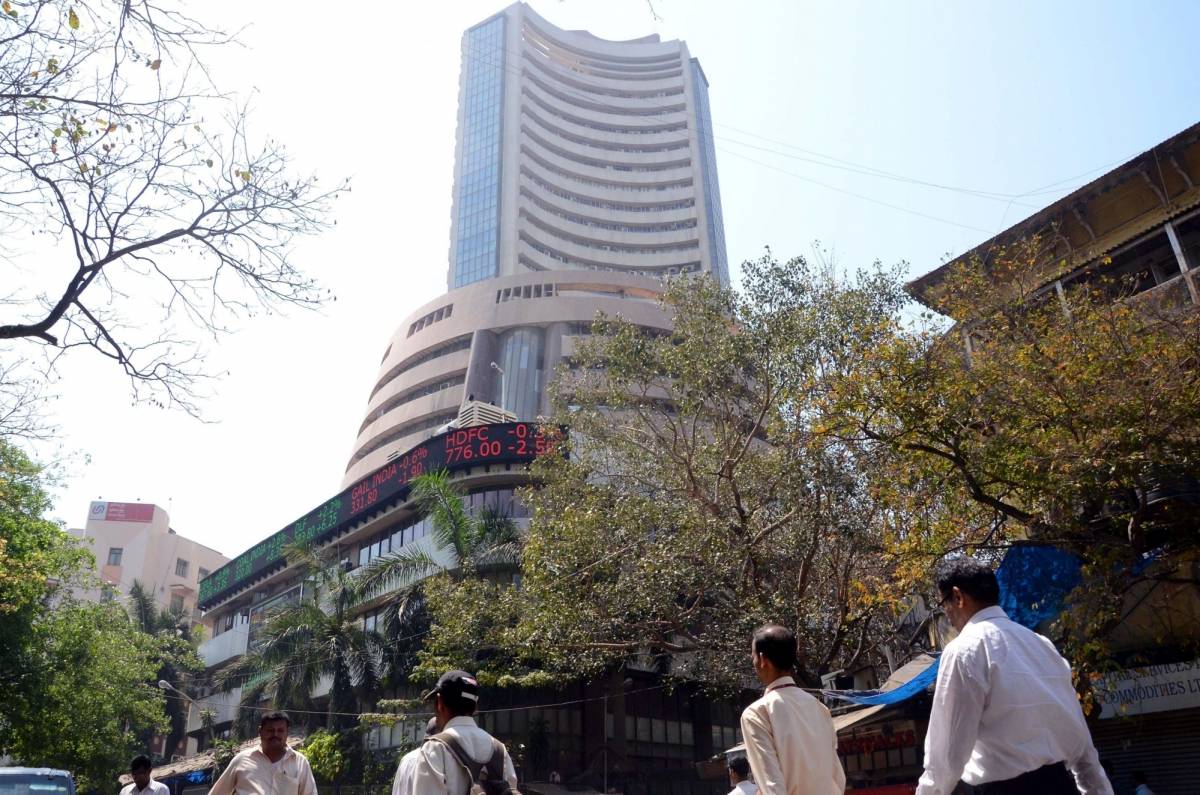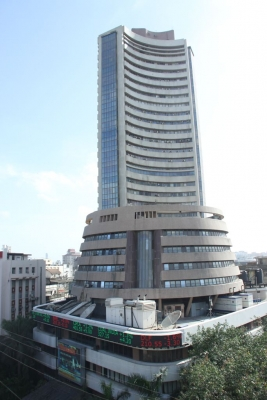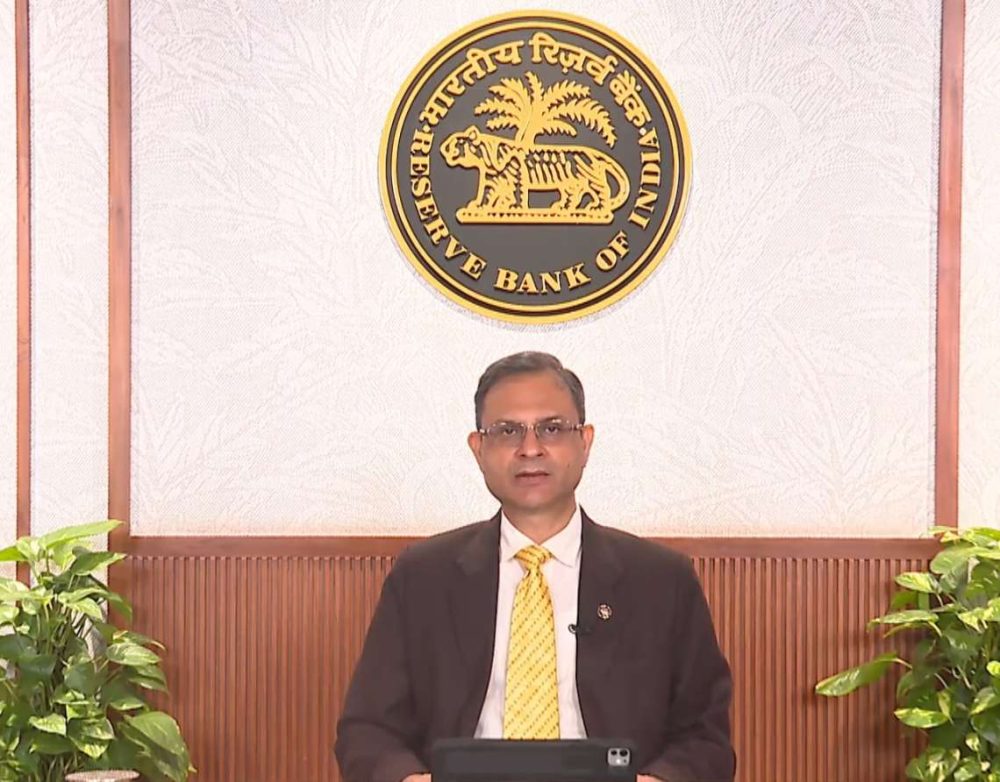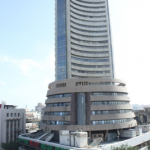GREED & fear will certainly maintain the domestic demand focus in the long-only Indian portfolio which is geared into the housing cycle with a 17per cent weighting in real estate stocks. This portfolio remains broadly unchanged since inception on 1 July 2021…reports Sanjeev Sharma
The Indian stock market can almost double in the coming years. Greed & Fear, Christopher Wood’s famous column would like this week to signal that a target of a Sensex at 100,000 is now eminently achievable on a five-year view assuming a trend 15 per cent EPS growth and that a five-year average multiple of 19.4 is maintained.
Jefferies analyst, Wood in his column said the Sensex will hit 100,000 during FY27 or sometime in late 2026 based on such assumptions. The Sensex is currently 58,788.
This may seem an aggressive assumption. But in GREED & fear experience India has always been a stock market for growth investors with the multiple to go with it.
In a G7 world where value investors may finally enjoy an extended period of outperformance over growth, until at least the Fed performs another U-turn, India should be a prime object of focus for growth oriented equity investors, be they Asian and emerging market investors or global investors.
GREED & fear will certainly maintain the domestic demand focus in the long-only Indian portfolio which is geared into the housing cycle with a 17per cent weighting in real estate stocks. This portfolio remains broadly unchanged since inception on 1 July 2021.
The accelerating growth story is reflected in the rising earnings forecast. India looks set to record perhaps the best earnings growth in Asia this year with only Indonesia and the Philippines higher in terms of consensus forecasts. The consensus earnings growth forecast for the MSCI India this year is 20.3 per cent, compared with 11.3 per cent for the Asia ex-Japan region.
From a macro perspective GREED & fear remains most encouraged by the conclusive evidence last year that a housing cycle has commenced after a seven-year downturn, as discussed here on several occasions previously. This should translate in due course into a broader capex cycle which should be earnings positive and mean the stock market will prove to be surprisingly resilient in the face of rising interest rates. Money markets expect about 2-3 25bp rate hikes this year in India. On the housing cycle, Jefferies’ India office has recently noted that the surge in stamp duties on a country-wide level, up 59 per cent YoY in April-November, is a strong indicator of the improvement in the broader housing/property cycle, the report said.

If this is the promising backdrop, the two main risks to Indian equities are external. This is the Fed tightening cycle and a further spike in the oil price. On the Fed tightening issue, it is important to remember that the inflation problem is primarily an American and G7 one, not an Asian one. India has seen nothing like the monetary expansion witnessed in the G7 world in the pandemic era.
True interest rates have been negative in India but nothing like on the scale seen in America or the Eurozone. The real policy repo rate is now a negative 1.5 per cent with CPI inflation running at 5.6 per cent YoY in December, the report said.
This compares with the real central bank policy rate of negative 6.5 per cent in America and negative 5.3 per cent in the Eurozone. While the Reserve Bank of India stopped expanding its balance sheet last October. The RBI balance sheet peaked at Rs 64.4 trillion in October 2021 and is now Rs 63 trillion.
ALSO READ-No tax relief for middle-class, people disappointed













